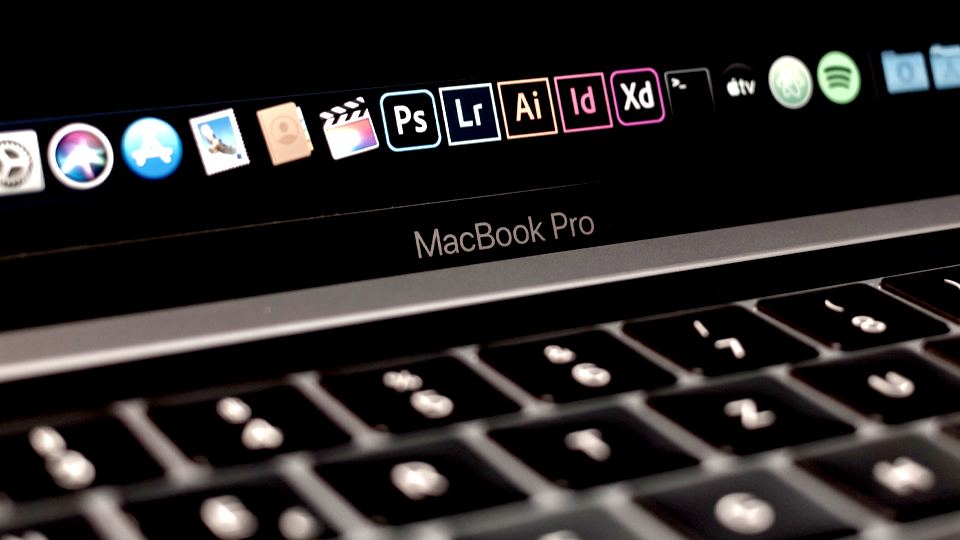Zen & The Art of Media Management: Best Practices
The Editors

5 Minutes

The backbone of a smooth post production workflow isn’t just the talent on your team or the creative tools you use—it’s the organization of your media. When your file structure is clean, organized effectively, and your assets live right where you expect them, everything moves faster.
Whether you’re a multi-person remote post production team or working in the video department at a global company, smart file architecture is what keeps your creative engine running. Let’s unpack why it matters and highlight some best practices to keep your team on-track from your first file ingest.
How to Organize Media Files
Organizing media files doesn’t have to be complicated—in fact, the best systems are simple, predictable, and scalable as your team grows. Whether you’re collaborating with a distributed team, juggling multiple deliveries, or managing high-volume productions, a clear folder structure is what keeps your workflow fast, clean, and stress-free. By anchoring your media environment around four essential folder types, you can create a foundation that ensures consistency across every project, reduces time spent searching for assets, and keeps everyone aligned from ingest to final delivery.
Here’s what a clear, efficient project folder structure looks like in Finder:

Here’s how each folder contributes to a clean, reliable project architecture:
- 00_Project_Files – Stores project files, edit sequences, and databases
- 01_Footage – Holds all primary video assets
- 02_Audio – Holds all recorded audio, sound effects, and mixes
- 03_Assets – For supporting materials like graphics, LUTs, and stock elements
- 05_Graphic_Exports – Stores all exported graphics to maintain consistency
- 06_Video_Exports – Holds all work-in-progress video exports
- 07_Finishing – For color, audio mastering, and VFX finishing
- 08_Deliverables – Stores final approved files, ready for delivery or archiving
Best Practices for File Organization in Post Production
A well-structured file system doesn’t happen by accident—it’s built through repeatable habits and clear standards adopted by everyone on the team. Strong file architecture gives your team confidence that every clip, export, and project lives exactly where it should. Whether you’re managing one edit or a full slate of campaigns, consistency is the most important factor. Below are a few best practices that will keep post production teams organized and ready for the next project:
Consistent File Naming
Adopting a standard naming convention is the most important thing. Using a structure like YYYYMMDD_ProjectName (e.g., 20250211_ProductLaunch) can ensure chronological clarity and avoid confusion across teams and time zones. Some teams will use project codes instead of dates—both methods work as long as they’re applied consistently.
Prioritize with The Alphabet or Numbers
Using simple alphabet or numeric systems (prefixing folders with “A_Exports,” “B_Projects,” or "01_Assets", "02_Exports", etc.) ensures folders are always organized in the correct order. If there's a certain folder that needs to be at the top of the list, this tactic can also help ensure it stays there.
Use Templates That Scale
The smartest teams don’t reinvent their folder structure every time they take on new work—they make a universal template and stick to it. Creating a shared “project shell” means each new job starts the same way. Within that overarching structure, there’s still room for flexibility.
Find the Right Depth
Too few folders, and everything becomes a dump. Too many, and you’ve entered Sub-folder Hell. The sweet spot is intuitive and navigable: clear categories for assets, transcriptions, deliverables, etc. but never so many that you have to dig endlessly to find the assets you need. Over-organizing can feel productive—but it can turn out to be a trap. The goal is clarity, not complexity—avoid too many layers or unnecessary sub-folders, which can add friction between your editor and the file they need.
Company-Wide vs. Project-Specific
Every team needs two high-level buckets: one for shared "global" assets and another for project-specific materials. Mixing the two can create nightmares, like an old logo being used for a new project. Separating universal and project folders ensures everyone on the team, and the greater organization, can access the right assets—without asking anyone else where they live.
Archiving Footage
Every project should have a clear archival plan. That means dedicated archive folders or storage space that can fit source media, project files, and final exports—so when you need to revisit a campaign six months later, you can find everything without having to become a detective.
Zen and The Art of Effective File Management
File management isn’t glamorous, but it’s the behind the scenes work that keeps creative teams on-track. The most efficient post houses and media teams treat organization as something practiced, refined, and standardized. The art of it is to build intuitive, reliable systems, so you can stop thinking about file management, and keep your artists & editors focused on the edit.
Organization Is a Mindset
There’s no one-size-fits-all solution to file architecture—but there is a universal mindset. It’s all about building a shared logic that your entire team can intuitively follow. The structure you choose should serve your tools, your workflows, and your people. The key is consistency.
There’s No Antidote for Bad Architecture
It’s tough to retroactively fix a messy filesystem. Good file hygiene starts on day one—with clear systems, disciplined habits, and a shared language for naming and sorting. When everyone is on the same page, collaboration becomes easier, letting creativity flow without all the interruptions.
Media Management Is a Living Thing
Even the best file architecture needs upkeep from time to time. As projects evolve, folders expand, and team members change, your file architecture should adapt without losing its clarity. Allocate time for cleanup into your workflow—archive old assets, retire outdated folders, and refine your system as you learn. A little maintenance from time to time can prevent a lot of mayhem.
Final Thoughts on Media Management
A well-structured file system is more than just a tidy place to house your assets—it can transform your workflow and help move projects along faster. Whether you’re managing one project or hundreds, structured file management saves hours, prevents frustration, and empowers teams to focus on the creative. If you remember one thing after reading this article: Consistency is key.


































